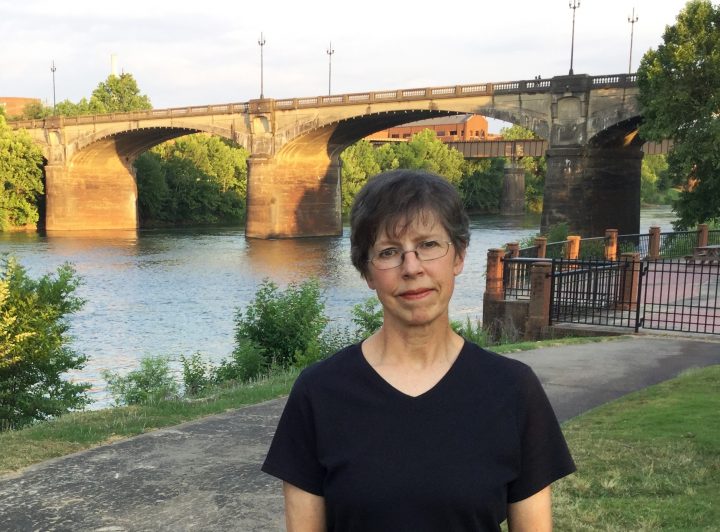
Professor emeritus of history at Columbus State University, Dr. Virginia E. Causey’s book Red Clay, White Water & the Blues: A History of Columbus, Georgia will be published May 15 by University of Georgia Press. A comprehensive 344-page chronicle of the city’s nearly 200-year history, the book’s release will be celebrated at the Columbus Public Library at 5:30 p.m. Friday, April 26 This “Living History” event is free and open to the public.
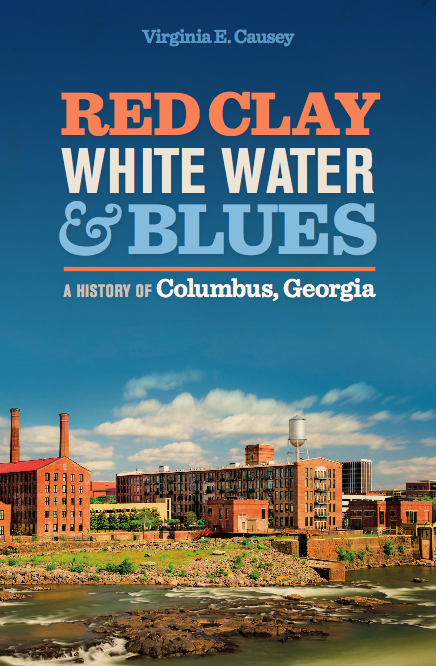
Does Columbus have a defining moment in its history?
“I think in terms of where we are right now, it’s probably World War II.
World War II helped Columbus come out of the Depression. We had a post-war boom in population and industry and also for the first time city planning. There was formal planning in terms of: What do we want the city to look like and how we want to get there?
All of that combined to push Columbus into more of a modern stance in the way it thought of itself. I believe we’re reaping the benefits of that now.
We’ve always had really good leadership in Columbus. I think having that foundation laid in the post-war years led to Columbus College, the Columbus Museum, modern road infrastructure, the growth of suburbs. A lot of what makes Columbus what it is today comes out of planning in the post-war period.
Ft. Benning is certainly a huge, huge influence on what Columbus is today. And it grew to its current prominence because of World War II and became incredibly important as an economic engine for Columbus.”

Library of Congress
What is one fact from Columbus’ history that is the most shocking to you?
“The fact that there was incredible endemic violence all through Columbus’ history is maybe something people don’t realize now.
In the pre-Civil War era, there was a great deal of dueling, personal fights, people killing each other right and left. Then the war came along and that violence increased. Of course, we had the institution of slavery, which was incredibly violent.
After the war, there was a lot of racial violence. We had lynchings in the post-war years all the way until the last reported lynching in 1912. A 14-year old boy was seized out of the courthouse, put on the streetcar line, taken out to the foot of Wynn’s Hill, right outside the city limits, and shot him to death.
There was also a lynching at Ft. Benning in 1941.”
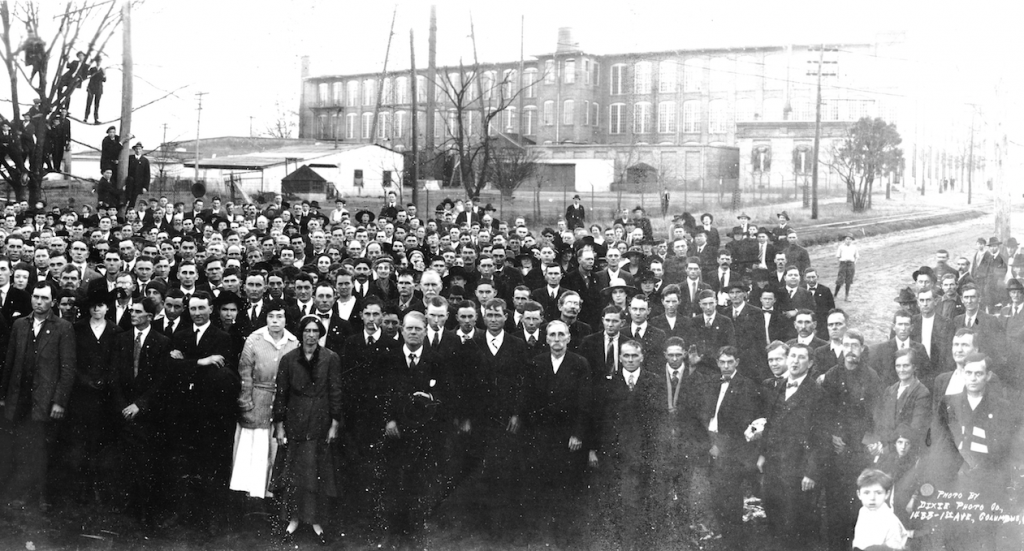
Columbus State University Archives
Was the relationship between the mill owners and mill workers a particularly ugly aspect of local history?
“It was certainly fraught with conflict, but that’s just sort of the nature of labor-management relations. Both sides have goals and those don’t always match. So there’s conflict built into that relationship.
The owners of the mills did everything they could to keep unions out. That included Intimidation and violence.
It also included offering programs that they thought would keep workers more satisfied and happy. From the turn of the 20th century, there were libraries that were created for the workers. And educational programs. The Eagle & Phenix took the whole mill down to Ft. Mitchell for a picnic every summer.
In Bibb City, you had housing provided by the mill. Plus a school, gymnasium, sports teams. There was conflict and at certain periods that conflict is open and pretty violent.
There was also this paternalistic relationship between the owners and the workers, where the owners tried to take care of their workers like their children and provide everything for them. And a lot of people loved that. They thought it was great to live in Bibb City.
But, at the same time, the wages in the local textile industry were the lowest of any industrial workers in the country. Working conditions were pretty awful.
During the Depression, there are two major times when labor organizers come in and try to and violent confrontations and people were killed over the wages, working conditions and trying to form unions.
During World War I, the federal government allowed workers the right to organize unions, as they were trying to keep a stable labor force to produce war materials. Wages went up and hours were a little better. The workers assumed that would continue after the war. However, everything goes back to the way it was before the war with long hours and low pay.
These workers began to form unions and organizers came in.There were a series of strikes that were unsuccessful. One organizer was framed as a German spy and run out of town.
At a nighttime rally in Bibb City, some of the management folks came and were hollering at the workers. Things got pretty heated. These guys started firing into the crowd. As a result, one worker was killed and a 12-year-old boy was paralyzed for life.
After the shooting started, all of a sudden the lights went out. Dr. John Lupold conducted an interview with a worker who said he was under orders to turn out the lights at the Bibb at a certain time. This was to allow the shooters to escape. Three guys were eventually charged but found not guilty very quickly.
Labor unions finally arrived in the 1970s when Fieldcrest bought the Eagle & Phenix and Muscogee Mills and both became union shops.”

Columbus State University Archives
Columbus also has an interesting footnote in the women’s suffrage movement.
“Yes we do. The first organization in Georgia to fight for the right for women to vote was formed in Columbus in 1890.
My favorite character in all of Columbus history is Augusta Howard, who formed the Georgia Women’s Suffrage Association. She was the most blue blood of blue bloods, with this tremendous lineage of old Columbus family. She was a vegetarian and an atheist and a feminist—all of which was considered completely unnatural for a woman at the time. So she faced a lot of opposition from family members as well as the community at large. Most people—men and women—in Georgia at that time felt the woman’s place was solely in the home and had no business voting.
On a side note, I am working with Historic Columbus to fund a historical marker that will honor Columbus as the birthplace of the women’s suffrage movement in Georgia. Next year is the 100th anniversary of the 19th Amendment, giving women the right to vote. So we’re going to put up a marker commemorating that and honoring Columbus as a place where women’s’ suffrage began. People can make donations to Historic Columbus to help support that.”

Collection of Virginia Causey
Wasn’t Columbus described as the hardest city to organize in during the Civil Rights Movement?
“Martin Luther King came here in 1958. It was right after the Montgomery bus boycott.
He was invited to come by some people who were Civil Rights activists. The original plan was for him to speak at St. James AME Church. But they refused to allow him to come. They were worried about backlash from the white community and potential violence. Other churches also refused to let him come.
So it was the Prince Hall Masons on Sixth Avenue who invited him come and speak there. The night he spoke, there were threats against his life. Masons were up on the roof with guns protecting Dr. King. There was no violence against him but that night but there was a bombing of a woman’s house. It was the home of a black woman who had just bought a house on the fringe of a white neighborhood. I don’t think that was a coincidence.
Before King came, Dr. [Thomas] Brewe was killed. That had a great chilling effect on the Civil Rights Movement in Columbus.
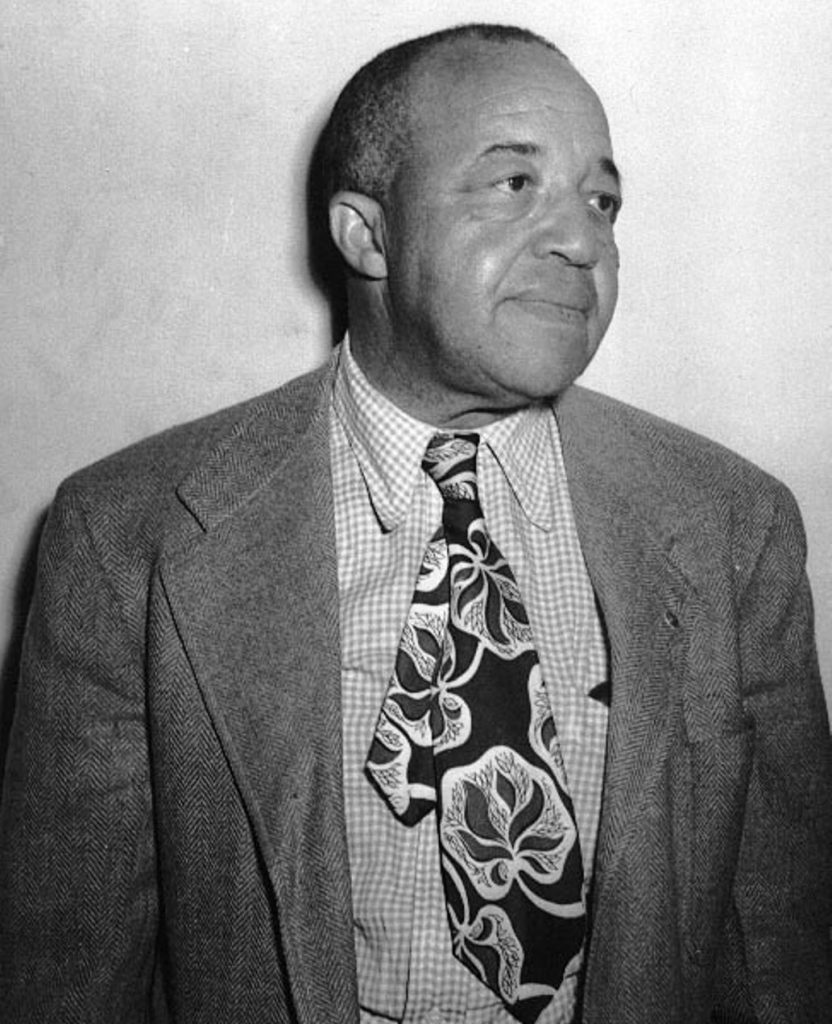
Civil Rights Movement in Columbus,” says Causey.
Image courtesy Columbus Ledger-Enquirer
There was a NAACP organizer named Bobby Hill from Savannah State. He was the one who said in 1964 that Columbus was the hardest place he ever tried to organize. He said it was because people were afraid.
It’s not hard to understand why. There was a huge amount of police violence against African Americans. Their fears were well founded: If you stuck your neck out and asked for your rights, there would very likely be retribution against you.”
Do you think we’ve done an adequate job in the community of understanding our own history?
“Historic markers often have inaccurate information on them. It’s a little bit more controlled today because you have to go through Historic Columbus but it used to be pretty much anybody could put up a historic marker.
For example, at the Iron Works, there’s a marker stating Columbus was where the first commercial ice machine was invented. Well, that’s not true. It was invented in Apalachicola. The Iron Works did produce the most popular commercial ice machine of the 19th century, though.
There’s plenty we can brag about in Columbus without making stuff up. People love to believe myths.
One statistic that is kind of ridiculous comes from one of the old histories. It claims Columbus raised more troops for the Confederacy than any other city of its size. There’s no way you could prove that or even investigate it. We always love to make ourselves the first or the best or the only.
Where I think the place to teach history is in the schools. I think Georgia history is taught in the fourth grade; that would be a great place to add local history stuff.”
What’s the one thing people in Columbus should know about our history?
“The importance of the river. Columbus is here because we’re on the falls of the Chattahoochee.
There needs to be greater understanding that it was the river that provided power and provided transportation at the founding of Columbus.
The river is a much more prominent part of local life since we have the whitewater now. But for many years, we turned our back the river and it was very polluted. I think cherishing our river is an important thing.
Fortunately, we have turned our face back to the river and are embracing it once again. I think we could do more, but it’s a great start to have whitewater and business and apartments springing up along the river.
I think it’s our greatest asset in terms of the natural environment.”
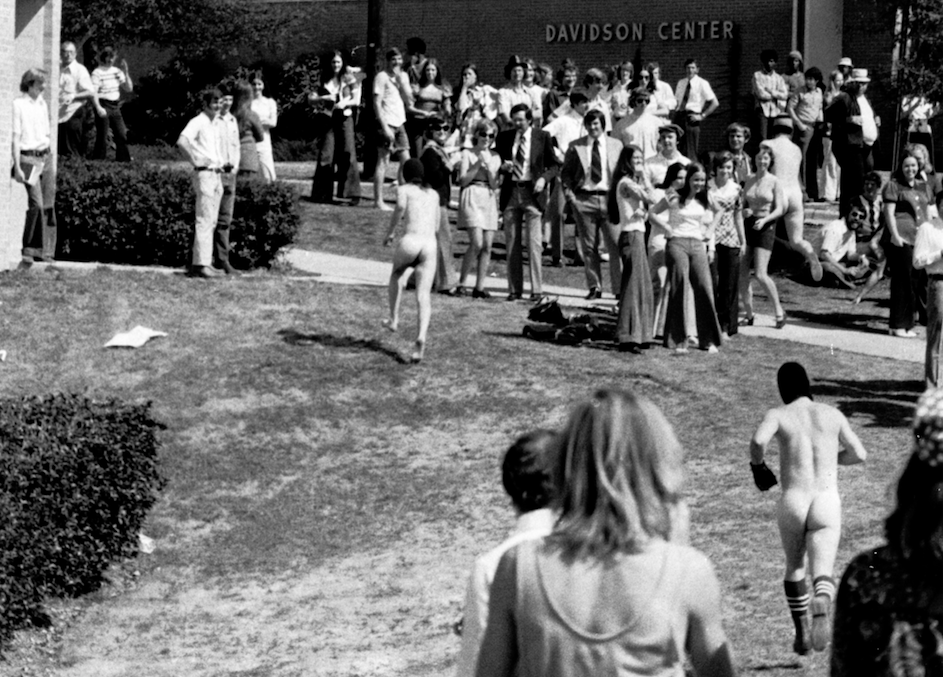
Columbus State University Archives
What is one fact from Columbus’ history that you are most proud of?
“There are lots and lots of things to be proud of about Columbus.
We have had enlightened leadership, which was often philanthropic and and had the best interest of the city at heart. This goes all the way back to a banker named John Winter, who in 1837 loaned the city $10,000 to keep if from going bankrupt.
We were the first city in the country to have an industrial high school in the public-school system, due largely to G. Gunby Jordan, a prominent entrepreneur at the turn of the century.
Of course, the Bradley-Turner Foundation has essentially created downtown Columbus and brought about Columbus College, the Columbus Museum, the Bradley Center, and various cultural institutions.
We should be proud we’ve had leaders who had the best interests of the city at heart.
I think we should be proud that Columbus is a diverse city and we’ve always had a more cooperative relationship between people of diverse backgrounds than a lot of cities.
When the Civil Rights Movement swept across the South, we had the Albany Movement right next door to us. In 1961, the Student Nonviolent Coordinating Committee went to Albany and the city’s white power structure mobilized against them, determined not to give an inch on any of these issue. Hundreds and hundreds of people were jailed and it created a negative impression across the country.
Our leaders saw that and said, ‘We’re not having that here.’ Most civil-rights gains in Columbus came through negotiations. White leaders and black leaders sat down togethehr and talked about the goals and how to get there. There was much less violence here than in other cities.
Having said that, plenty of times young people took to the streets and demonstrated. They pushed the white power structure to be more willing to negotiate. It always helps to have a more radical edge because that makes the more moderate folks seem reasonable.”
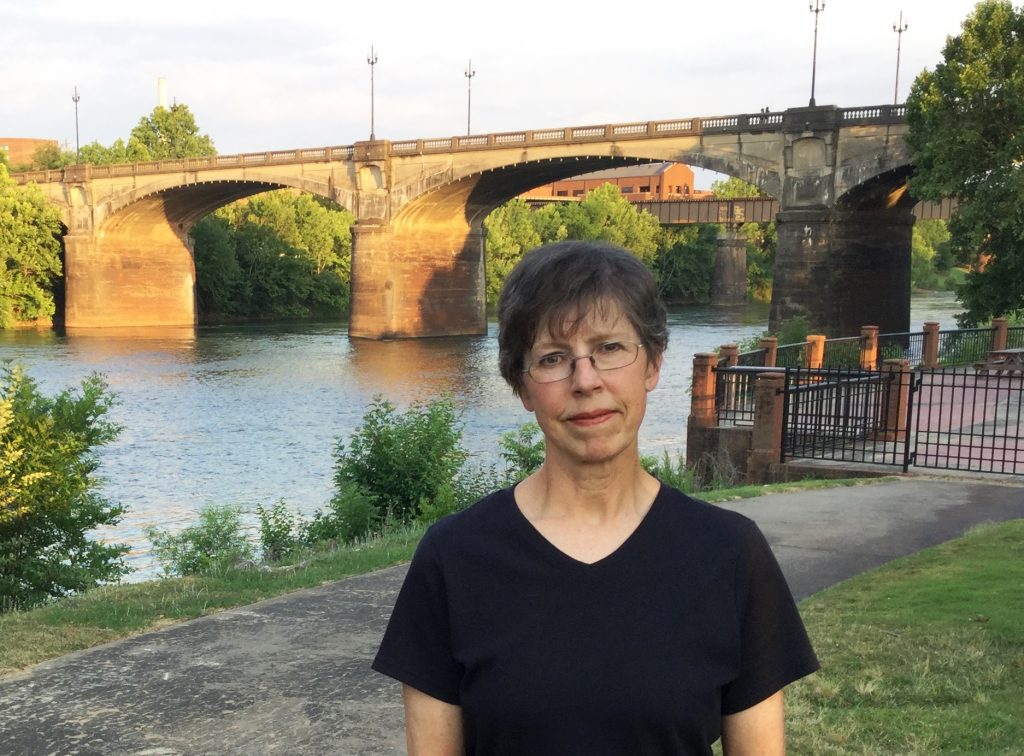
Education: B.A. in History, Samford University; Ph.D. from Emory University, 1983
Favorite movie: Lawrence of Arabia
Book currently reading: Olive Kitteridge by Elizabeth Strout
Hobby: Horseback riding
Favorite figure from American history: Susan B. Anthony
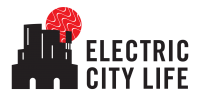
Hello Mr. Etheridge,
I am a graduate of the old Baker High School ’74, and the old Columbus College ’78. I have been reading some of Dr. Causey’s words and wondered if you could do me a favor, that is to pass on my email as I have some queries to make of her.
Cheers,
Carlos R. Rivera, PhD.
LCDR USN ret.
rivera.3@osu.edu
crivera1@cscc.edu
Dr. Rivera —
Thank you for reading Electric City! I have forwarded your message and contact info to Dr. Causey.
FE
Dear Mr. Etheridge,
I enjoyed this interview.
I am writing a story which includes a character who lived in Columbus. I would like to email Prof. Causey. Would you please send her my email?
Thanks Gillian